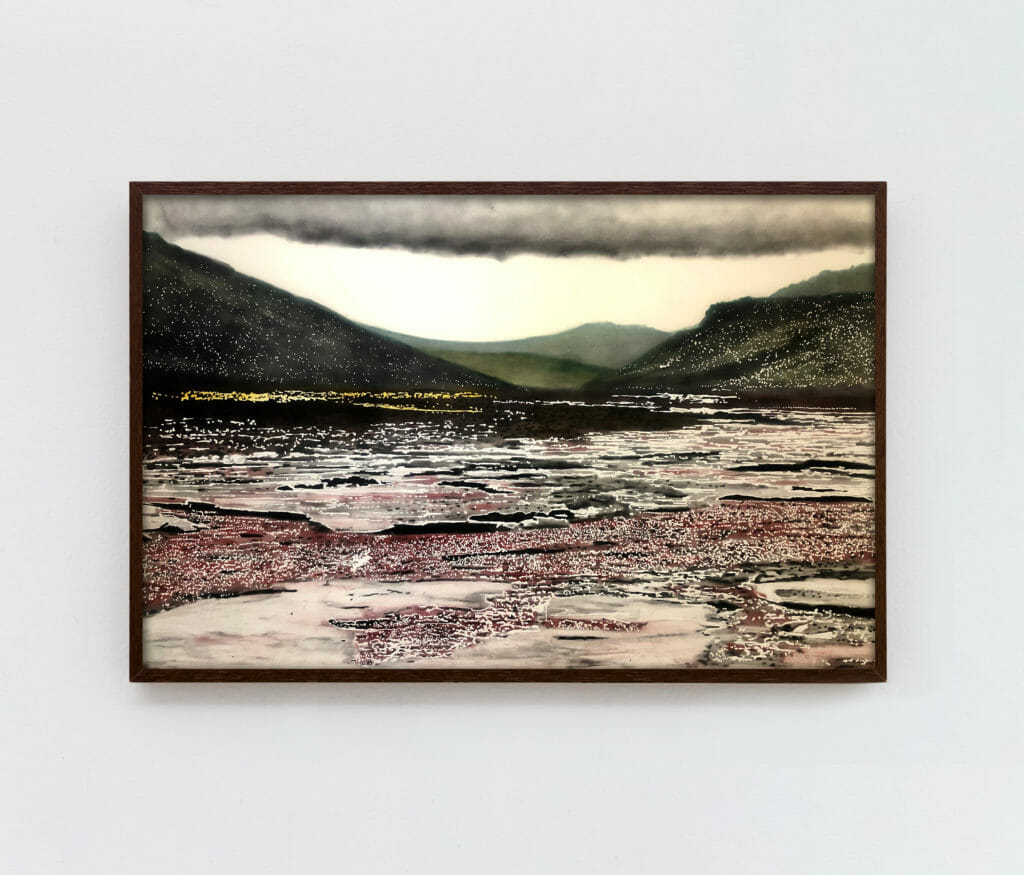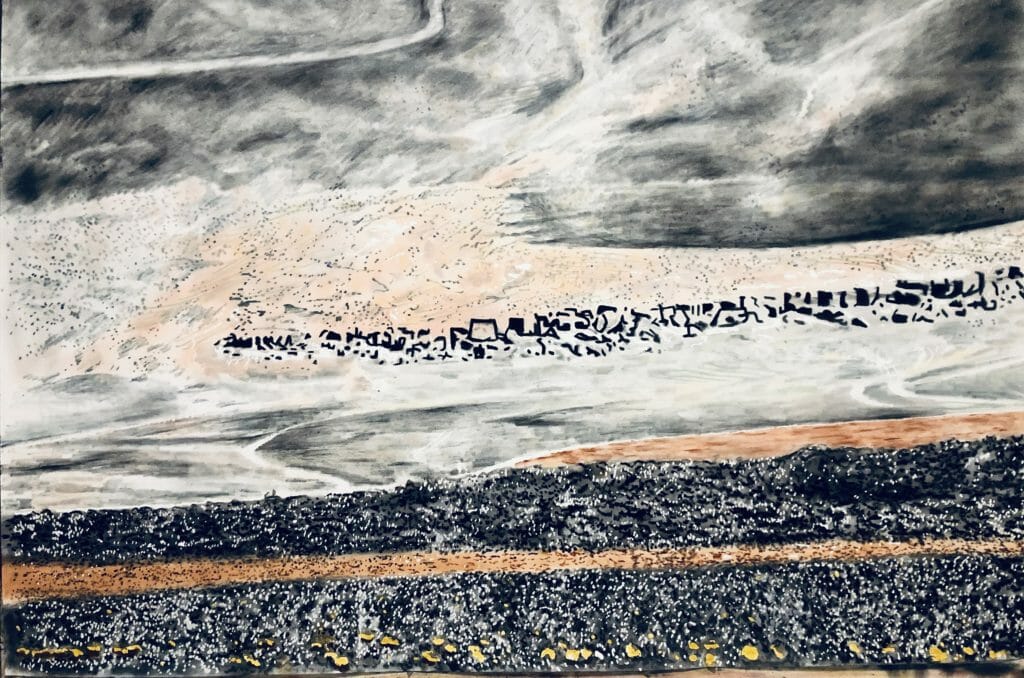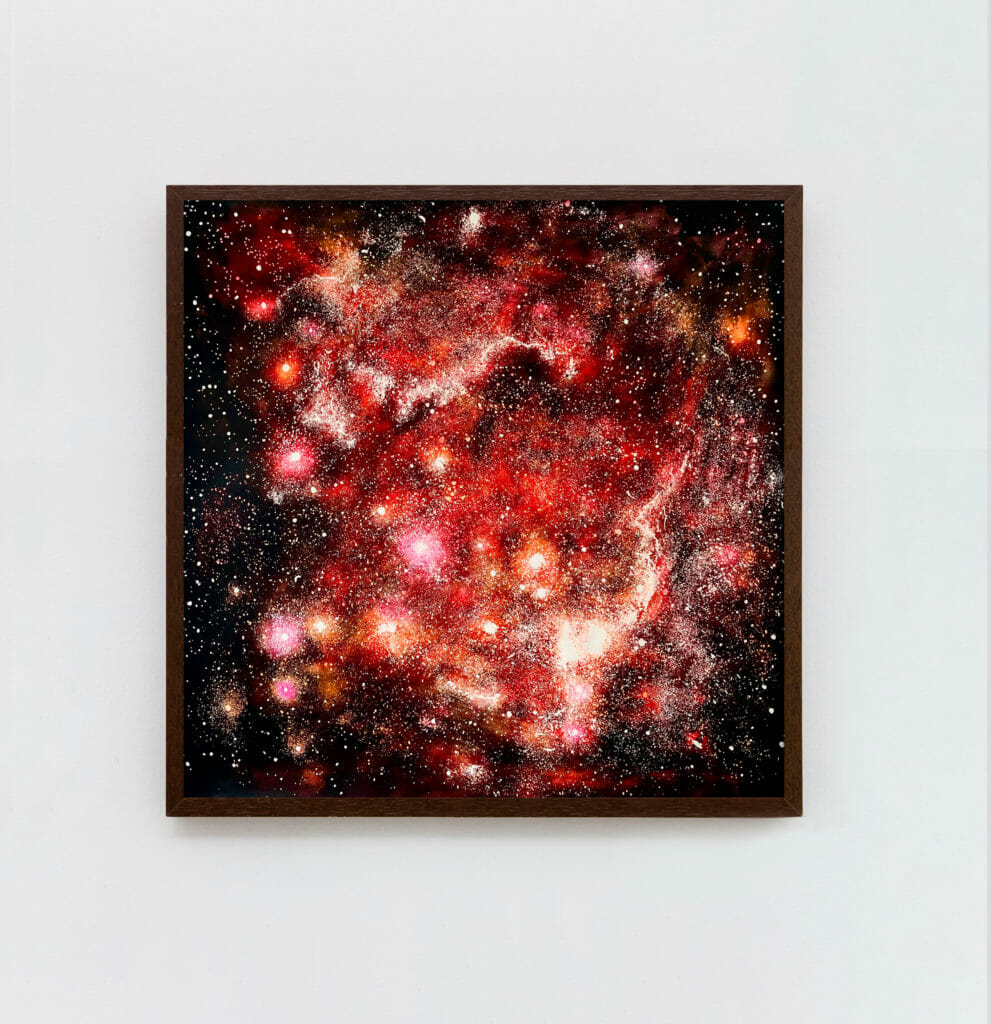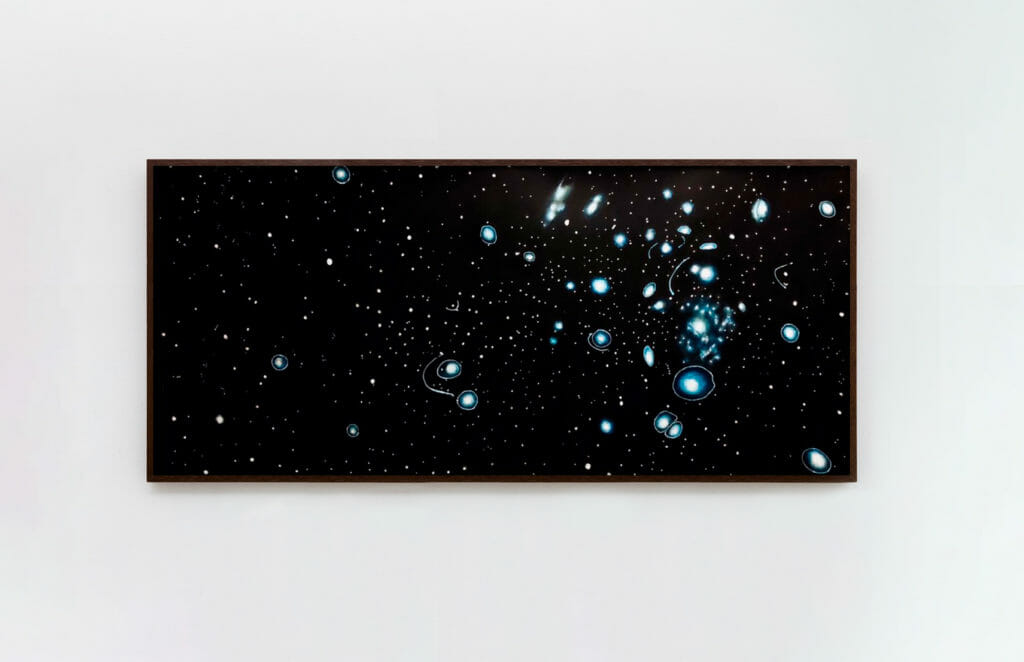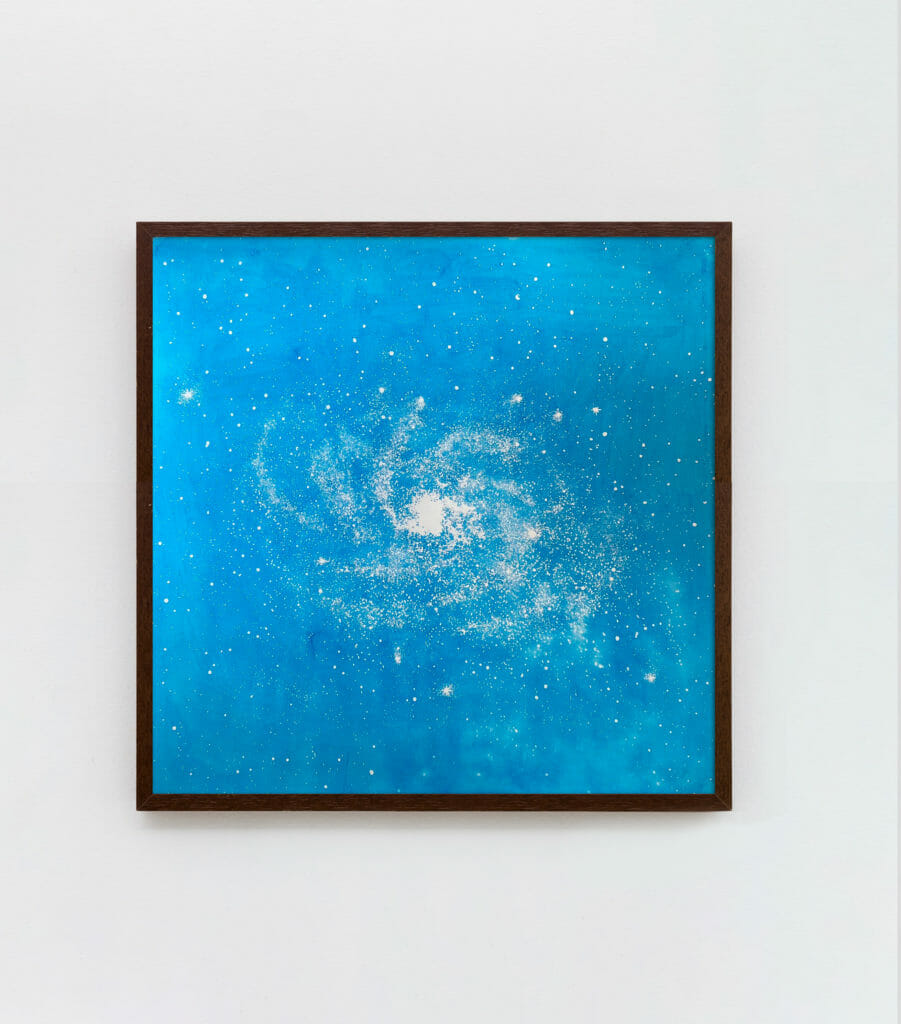Fires
Countless myths about the origin of fire -from Brazilian indigenous peoples to the Greeksmake allusion to its transforming power and latent threat. While in Greece it is Prometheus who steals fire from the Olympus and offers it to men, in the mythology of the Suruí Paiterei, it is the black bird, Orobab, which deceives the Mekô jaguar, owner of fire, and takes its flames to the humanity—in both cases bringing wisdom, but also misfortune. Even if it is essential to understand such allegories from the perspective of the values of the society in which they arise, through the similarity between them, we can follow traces that lead us to understand the ember as a landmark, symbol of the distinction between nature and culture.
If there is a notion of sociocultural revolution based on the domain of fire, it is also from this that the first drawings appear, the embryo of our inventive capacity to think about external nature, imagine it and represent it with sticks of burnt wood, charcoal, on the walls of caves.
Contemplating Kilian Glasner’s work as a whole is to peek at the history of drawing and understand its close connection with fire in its subversive but also creative power. This relationship appears in his work for the first time in 2010, in “The brilliant future of sugarcane”, at the Calouste Gulbenkian Foundation (Lisbon). In the installation, the artist fills the walls of the institution’s parking lot with drawings of a huge sugarcane plantation. Upon learning that Calouste Gulbenkian was also known as the “Lord of Oil” and convinced of the advantages of using renewable energy, Glasner makes visitors witness the headlights of their cars, reflected in the design, setting fire to the sugarcane fields. Four years later, the research intensifies when Kilian, instigated by the different forms of the flame, develops the series “Anatomy of Fire.” He appropriates this gaseous entity emitter of radiation and, with an impeccable execution in charcoal on paper, he exalts the fire in the fatality. An oil tanker on the high seas, the windows of a house, a flag and a hotel, of which ironically only the letters “HOT” of a sign remain, they blaze, and the sublime charm of fire takes over the scene. Those who only see the drama here are mistaken; the work insinuates a kind of remission of the material: the charcoal that emerges from the burning recreates on paper what was lost in the fire.
It is curious to note that the idea of traces and the reference to the origin of the drawing had already emerged previously in the artist’s work. In 2009, upon being selected for the “Rumos Artes Visuais” (Itaú Cultural, São Paulo), Glasner asked, as a condition for the completion of his work, that he be granted a property outside the institutional exhibition space. The chosen place was a mansion in ruins on Thomás Carvalhal street, where he performed the installation “Future Street.” In the work, black roots and stalks drawn on the walls of the house join the crowns of real trees that outcrop through holes in the ceiling, windows, and destroyed walls. Empty of furniture, objects or portraits, the house is transfigured into canvas, and the walls/stones, marked with charcoal, tell what is imagined on the outside, or what deteriorates on the inside. If the empty house becomes a blank board, the burned debris appears as a tool. But what future does this street that houses only the wreckage of a house indicate?
Two thousand and twenty one — when entering the exhibition at CCBB, we come across a video in which the artist walks over the rubble of what was left of his studio in Itamaracá – Pernambuco State, victim of a fire that not only consumed his house, but also every work that would be part of this show. In a silent atmosphere, which reminds us of Tarkovsky’s films, Kilian leans on the premeditated ruin in old works. Shards, objects displaced from their time, and fragments of memory point to what was not, but could have been. Everything is a trace and from everything is left little “not much: this absurd drop drips from a tap, half salt and half alcohol, this frog leg skips, this clock glass broken in a thousand hopes, this swan’s neck, this childish secret…”1 His mother’s face is left in bronze, a toy soldier from his childhood, stones and coal which, if it used to be an instrument to invent and imagine fire, is now left over. The film goes on and the artist indicates the argument that will guide us
through the entire exhibition. Hammers destroy what were once beams, and coal explodes on paper drawing the cosmos. The universe is leftover, explosion, big bang. The ambiguity of the fires rest here, despite being devastating, it reveals the power to generate another future, from cells to space. This cycle originated each of the works in this exhibition. With an imagery often built on photographs, the artist covers the paper with powder, pastel, charcoal, glue, and other materials that generate a “background” that literally alludes to the macrocosm, conceived in micro particles and cells. Within these surfaces, Kilian embodies symbolic references to objects, figures or places and, through them, encodes its own history.
Macrocosms, Microcosms or the Cosmogony of Fires marks the return of Kilian Glasner to the previous series in a final act that inverts the meaning of the previous creations. Now ruin is no longer representation, it jumps from role to presence, witnesses what has been consumed and, at the same time, points to what can emerge, the dream.
Paulo Kassab Jr.












